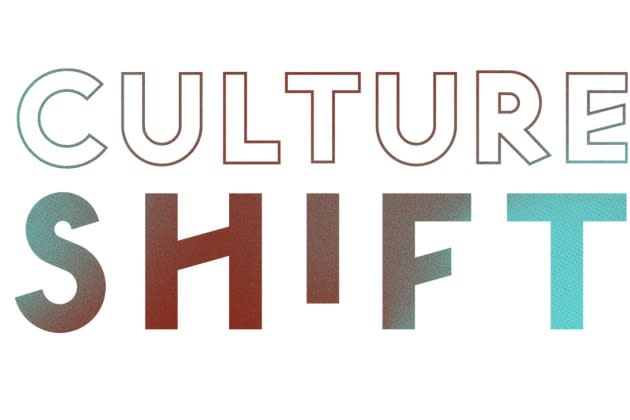Culture Shift: In These Times of Censorship and Erasure, the Role of the Image is More Powerful Than Ever

Culture Shift is THR‘s brand-new newsletter dedicated to exploring and examining the current frontiers of inclusion in the media and entertainment industry. Each bimonthly edition will give subscribers the first look at stories centering the experiences of people from historically excluded backgrounds, as well as a compendium of other inclusion-themed coverage you might have missed. Expect a mix of reported features, Q&As and op-eds from both THR staffers and guest writers, and subscribe here.
Recently, I’ve been thinking a lot about the especial role and significance of the image when it comes to the systematically marginalized. Particularly as state officials and educational organizations diminish or outright ban curriculum that teaches facts about or from the perspective of those outside the dominant population, the potential impact of filmed narratives that portray these lost truths becomes all the more poignant. If Americans cannot study the West African kingdom of Dahomey or even the murder of Emmett Till in the classroom, at least they can begin to learn about their stories in the theater.
Chinonye Chukwu’s recent film about the latter, Till, also echoed in my mind as the latest graphic real-life documentation of a fatally assaulted Black man, Tyre Nichols, circulated online. What is the benefit, and what is the harm done in disseminating these images? For Emmett’s mother, the late Mamie Till-Mobley, demanding the publication of her son’s mutilated visage turned out to be the strategically correct choice in forcing a nation — half of which had turned lynchings into a festive public pastime — to confront the literally ugly reality of its actions. Till writer-producer Keith Beauchamp has penned a guest column for us (see below) tracing a direct lineage from Till to Nichols, victims of state-implemented — or at least state-condoned — violence against Black men, with all of America bearing uneasy witness.
At the same time, Till the movie makes the conscious choice not to depict Emmett’s actual torture and murder. “As a Black person, I didn’t want to see it,” Chukwu told CNN last October. “I didn’t want to recreate it.” The director’s sentiments evoke the critique against “trauma porn” that has been levied against both fictional and real-life depictions of violence against Black bodies, and the debate raises another question: Who are these images for?
Is a certain level of brutal visual evidence necessary in order to galvanize the public to demand justice? Why is empathy more easily offered to certain demographics of people, while incontrovertible proof of suffering is demanded for others?
These are not questions for the affected population — on this particular issue, Black people — to answer, but rather for those who have the luxury to turn away. As we do, the fact that in some places the past is being erased from official canon even as the Till-King-Floyd-Nichols lineage continues to add new names should lend a sense of urgency and purpose among the storytellers in this industry, and those who choose which of them to invest in, support and celebrate. Happy Black History Month.
More from The Hollywood Reporter

 Yahoo News
Yahoo News 